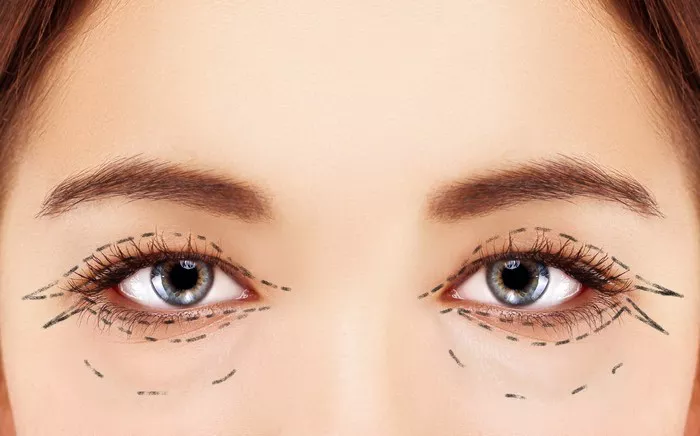Droopy eyelids, medically known as ptosis, can affect both the appearance and functionality of the eyes. Individuals with ptosis often seek corrective procedures to restore symmetry, improve vision, and enhance their overall aesthetic. However, the cost of fixing a droopy eyelid can vary significantly based on various factors. In this article, we will delve into the considerations that influence the cost of correcting a droopy eyelid, the types of treatments available, and factors to keep in mind when seeking ptosis correction.
Understanding Ptosis: Causes and Concerns
Ptosis occurs when the upper eyelid droops abnormally, partially covering the eye’s pupil. This condition can result from various factors, including:
Age: Natural aging can lead to weakened muscles and tissues that support the eyelid, causing it to droop.
Congenital: Some individuals are born with ptosis due to underdeveloped eyelid muscles.
Neurological Conditions: Neurological disorders or nerve damage can affect the muscles responsible for lifting the eyelid.
Injury or Surgery: Trauma to the eye area or previous eye surgery can cause ptosis.
Ptosis not only affects aesthetics but can also interfere with peripheral vision, potentially leading to functional difficulties and eye strain.
Types of Ptosis Correction
Correcting a droopy eyelid involves various treatment options, each tailored to the severity of the condition and the patient’s goals:
Surgical Ptosis Repair: Surgical correction is the most common approach to treating moderate to severe ptosis. The surgeon tightens or reattaches the muscles responsible for lifting the eyelid, restoring its proper position. The type of surgical technique used can impact the cost of the procedure.
Blepharoplasty and Ptosis Repair: In some cases, droopy eyelids are accompanied by excess skin that contributes to the sagging appearance. Combining ptosis repair with blepharoplasty (eyelid surgery) can address both functional and cosmetic concerns.
Non-Surgical Approaches: For mild cases of ptosis or individuals seeking a temporary solution, non-surgical options like Botox injections can be used to lift the drooping eyelid by relaxing the muscles that pull the eyelid down.
Factors Influencing the Cost of Ptosis Correction
The cost of fixing a droopy eyelid can vary based on several factors:
Severity of Ptosis: The degree of eyelid drooping and the complexity of the correction required can influence the cost.
Type of Treatment: Surgical procedures tend to be more expensive than non-surgical options due to the complexity of the surgery and the operating room costs.
Surgeon’s Expertise: Highly experienced and board-certified surgeons may charge more for their services.
Geographical Location: The cost of healthcare varies by region and location. Procedures performed in major cities or regions with higher costs of living tend to be more expensive.
Facility Fees: The fees associated with the surgical facility, anesthesia, and postoperative care can contribute to the overall cost.
Insurance Coverage: In some cases, ptosis correction may be covered by health insurance if the drooping eyelid significantly impacts vision. Check with your insurance provider to determine coverage.
Considering the Investment
While the cost of fixing a droopy eyelid is a significant consideration, it’s important to view it as an investment in both your appearance and quality of life. Ptosis correction can lead to improved vision, enhanced self-confidence, and a more youthful and refreshed appearance. It’s advisable to consult with a qualified and experienced ophthalmologist or plastic surgeon who specializes in eyelid procedures to determine the most suitable approach for your unique case.
Conclusion
Correcting a droopy eyelid, or ptosis, can have both functional and aesthetic benefits for individuals seeking to restore symmetry and improve vision. The cost of fixing a droopy eyelid varies based on factors such as the severity of ptosis, the chosen treatment approach, the surgeon’s expertise, and the geographical location. Surgical and non-surgical options are available to address varying degrees of ptosis. While cost is an important consideration, potential patients should also prioritize the credentials of the healthcare provider, the potential benefits of the procedure, and the impact on their overall well-being. By making an informed decision and seeking the guidance of experienced professionals, individuals can achieve successful ptosis correction and enjoy the benefits of improved eye aesthetics and function.


